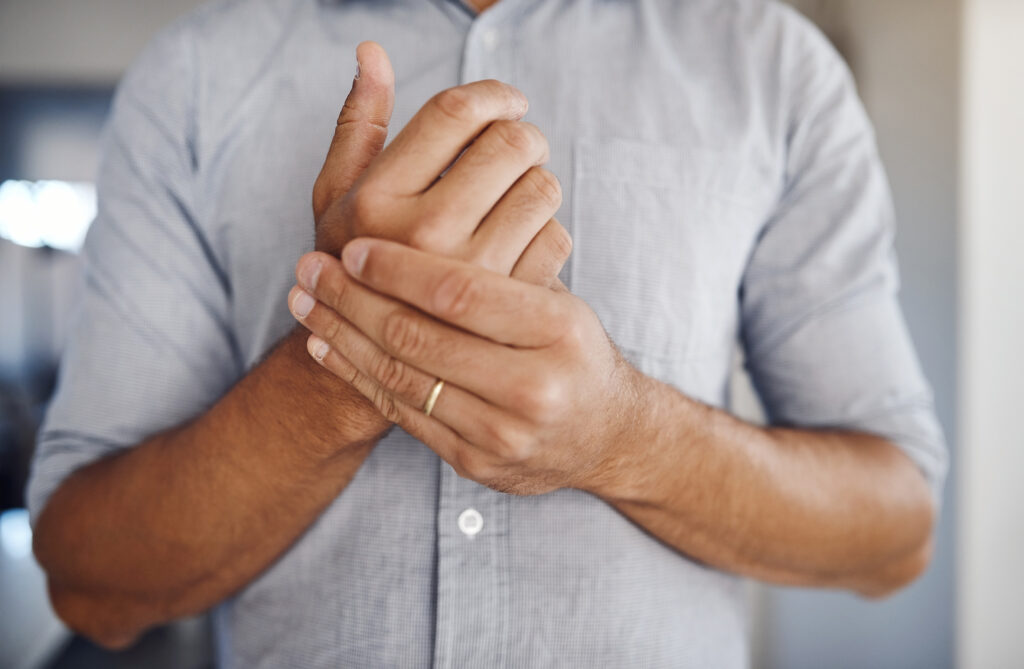Debunking Common Myths About Arthritis

Arthritis is a prevalent condition that affects millions of people worldwide. Despite its prevalence, there are numerous misconceptions and myths surrounding arthritis that can lead to misunderstandings and misinformation. In this blog post, we will debunk some of the common myths about arthritis and provide accurate information to promote better understanding of this condition.
Myth 1: Arthritis only affects older people. Fact: While arthritis is more commonly associated with older adults, it can affect people of all ages, including children and young adults. There are different types of arthritis, such as rheumatoid arthritis and juvenile arthritis, which can manifest at a younger age.
Myth 2: Arthritis is just a normal part of aging. Fact: Although the risk of developing arthritis increases with age, it is not an inevitable consequence of aging. Arthritis is a medical condition that involves inflammation of the joints and can be influenced by various factors, including genetics, lifestyle, and previous injuries.
Myth 3: Only joints are affected by arthritis. Fact: While arthritis primarily affects the joints, it can also impact other parts of the body, such as the skin, eyes, and internal organs. Some forms of arthritis, like rheumatoid arthritis, are systemic conditions that can cause symptoms beyond joint pain, including fatigue, fever, and organ inflammation.
Myth 4: Cracking your knuckles leads to arthritis. Fact: The common belief that cracking your knuckles leads to arthritis is unfounded. The popping sound that occurs when cracking knuckles is caused by gas bubbles in the joints, and it does not contribute to the development of arthritis.
Myth 5: Arthritis is always a visible condition. Fact: Not all forms of arthritis result in visible deformities or outward signs. Some types, such as osteoarthritis, may cause internal joint damage without noticeable physical changes. It is important to recognize that arthritis can be present even if it is not immediately apparent.
Myth 6: Exercise worsens arthritis pain. Fact: Regular exercise is highly beneficial for individuals with arthritis. It helps strengthen the muscles surrounding the joints, improves flexibility, reduces pain, and enhances overall joint function. Engaging in low-impact activities, such as swimming or walking, can be particularly helpful.
Myth 7: There is no treatment for arthritis. Fact: While there is no cure for arthritis, numerous treatment options are available to manage symptoms and improve quality of life. Medications, physical therapy, assistive devices, and lifestyle modifications can help reduce pain, inflammation, and joint damage associated with arthritis.
Myth 8: Arthritis only affects women. Fact: Arthritis affects both men and women. While certain types, such as rheumatoid arthritis, are more common in women, other forms, like gout, are more prevalent in men. Arthritis does not discriminate based on gender.
Conclusion: Dispelling myths about arthritis is crucial to promote accurate understanding of the condition. Arthritis can affect individuals of all ages, involves more than just joint pain, and is not solely a consequence of aging. Regular exercise, proper treatment, and lifestyle modifications can help manage arthritis effectively and improve overall well-being. By debunking these myths, we can foster a more informed and supportive environment for individuals living with arthritis.
